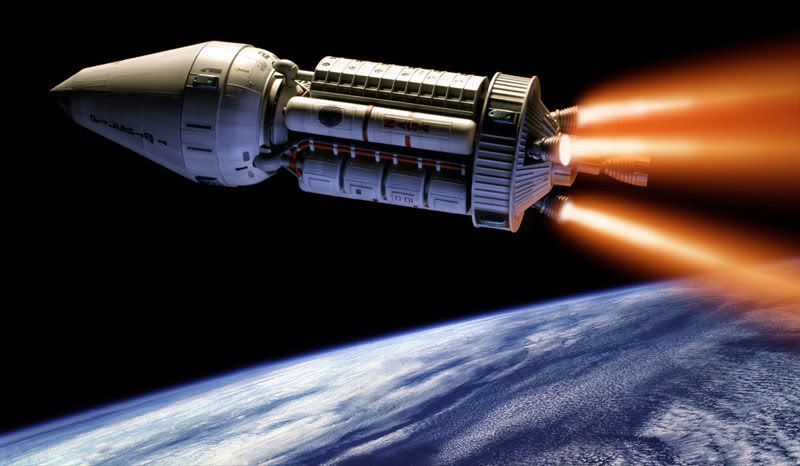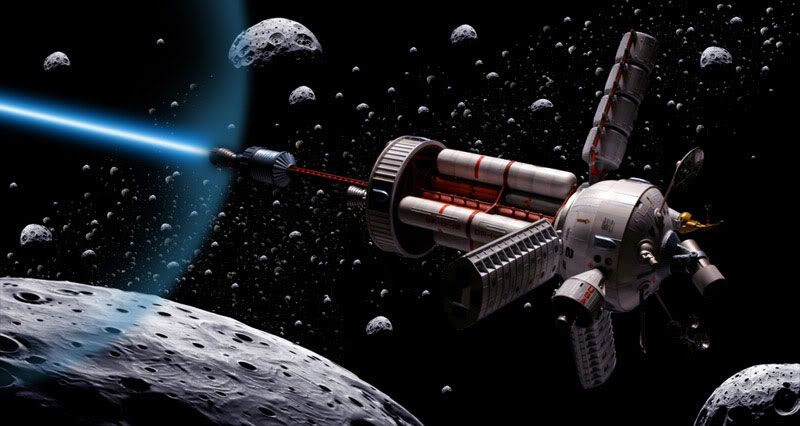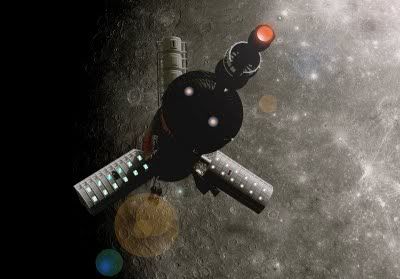They designed nuclear engines that use reactors to heat liquid hydrogen into a fast-moving stream of gas. NASA had such engines ready for a hypothetical manned mission to Mars to follow the Moon landings.
Today, the space agency has revived that work, beginning with studies on an ideal fuel for a space reactor, and new nuclear engines could be ready by the end of the decade.
More advanced nuclear engines could use reactors to generate electric fields that accelerated charged ions for the thrust. Then fusion engines — producing energy through the combining of hydrogen atoms — could finally be powerful enough for interstellar travel.
The British Interplanetary Society put together a concept for a fusion-powered starship in the 1970s called Daedalus, extrapolating from known physics and technology. Dr. Obousy’s group, Icarus Interstellar, is revisiting the Daedalus design to see if 30-some years of new technology can produce a better starship.
http://www.nytimes.com/2011/10/18/science/space/18starship.htmlDaedalus dwarfs the Saturn 5, the rocket that took astronauts to the Moon. “However, it’s no bigger than a Nimitz aircraft carrier,” Dr. Obousy said. “We have the ability to create big things. We just don’t have the ability to launch big things.”
still it's charged ions pushing a ship.
what do you guys think?
also a related thread:
ion plasma rocket being developed - VASIMR



